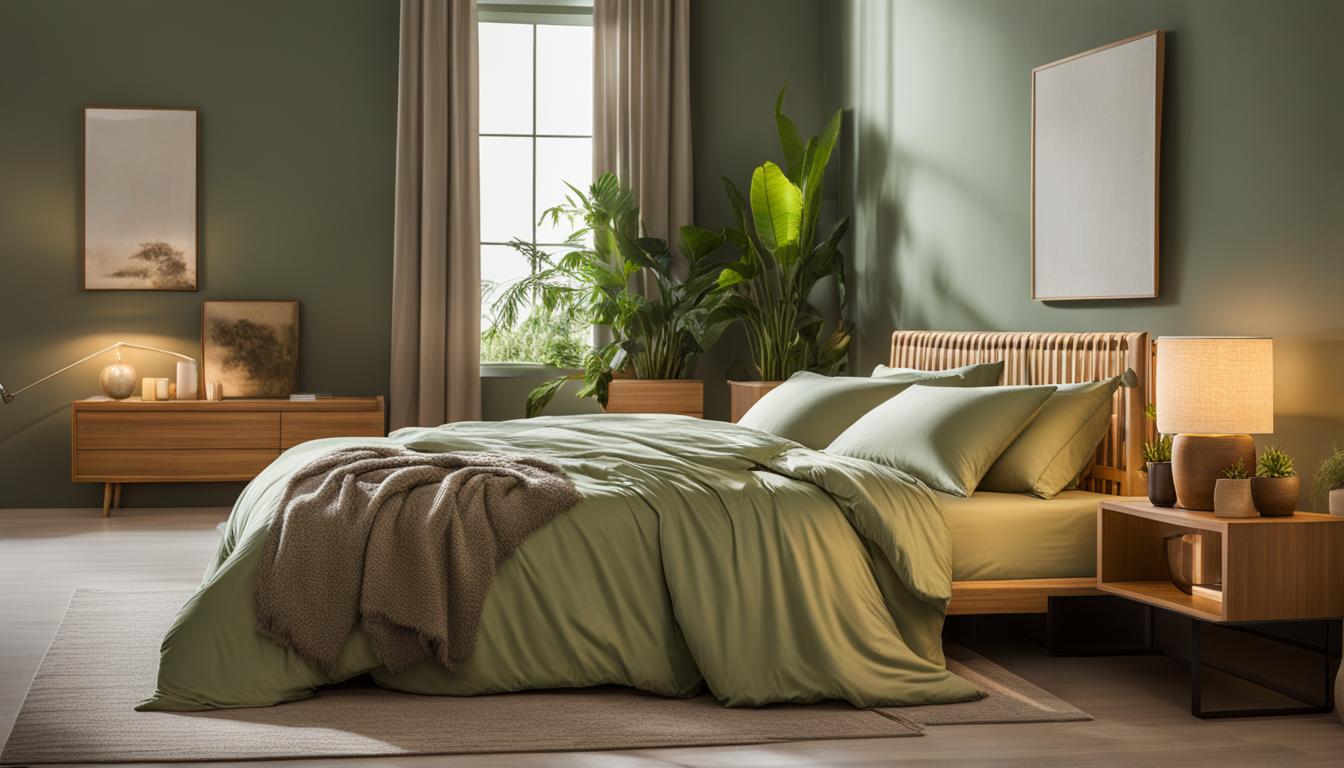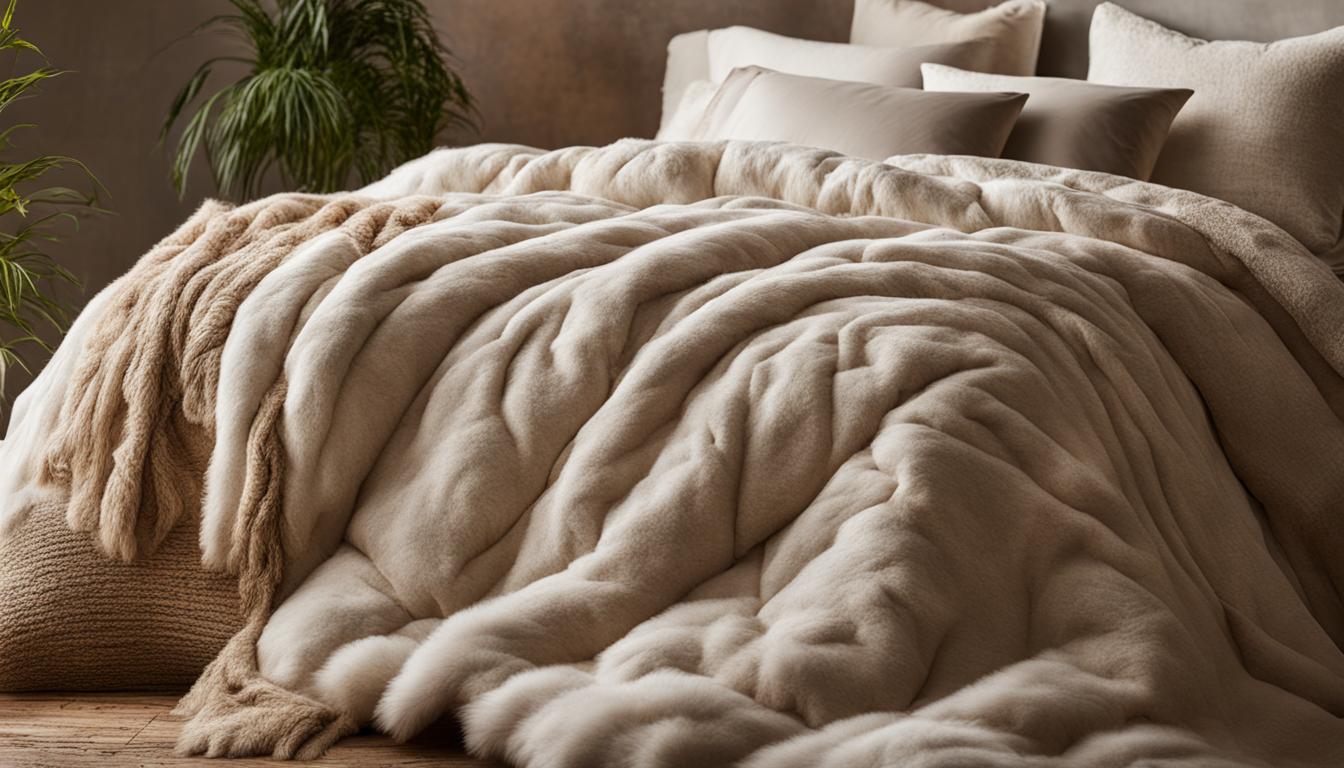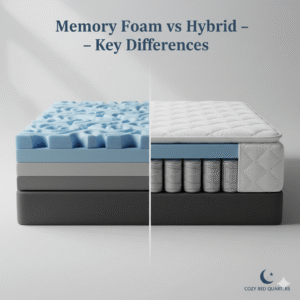Bedding Sleepwear Temperature Regulation for Restful Sleep
Discover how the right fabrics, layering strategy, and room setup improve bedding sleepwear temperature regulation for deeper, more restorative slumber. Learn to balance comfort with natural body rhythms for your best night’s sleep.

Key Takeaways
- Natural fibers like wool, cotton, and silk balance moisture and temperature for better sleep.
- Keep bedroom between 60–68 °F (15–20 °C) for optimal thermoregulation and melatonin production.
- Layer bedding to adapt to temperature shifts and avoid sleep disruptions.
- Avoid synthetic fabrics—they trap heat and prevent skin from breathing.
- Personalize your sleep setup based on your age, health needs, and local climate conditions.
Understanding Temperature Regulation and Sleep Quality
Your body naturally lowers its core temperature during sleep—a process essential to entering deep, restful stages like REM. This temperature drop cues the body to relax, encourages melatonin release, and initiates natural sleep cycles. Bedrooms that are too hot or too cold can disrupt this rhythm, leading to frequent awakenings and fragmented sleep.
According to the Sleep Foundation, a sleep environment set to 65–68 °F (18–20 °C) aligns with the body’s internal thermostat. Incorporating breathable fabrics and moisture-wicking bedding enhances this balance, especially for those who experience night sweats or hot flashes.
To reinforce this, make your sleep routine part of your temperature strategy—consider a warm bath 90 minutes before bed, which helps trigger a natural cooling process when you exit the tub. In short, maintaining a stable temperature is foundational for uninterrupted, high-quality sleep.
Best Fabrics for Bedding Sleepwear Temperature Regulation

Wool
Wool is a standout for its thermoregulating properties. It acts like nature’s thermostat—keeping you warm in winter and cool in summer. Its fibers absorb moisture without feeling wet, creating a dry and balanced sleep climate. Wool bedding, such as comforters and mattress toppers, can also help minimize tossing and turning by reducing overheating.
Explore more in our wool bedding benefits guide for seasonal comfort tips.
Cotton & Linen
Cotton is the go-to for lightweight, breathable bedding. Its natural softness and breathability make it ideal for warm nights or those who sleep hot. Linen, on the other hand, offers superior airflow and durability. It also becomes softer over time and is naturally hypoallergenic, making it ideal for sensitive skin types.
Both materials promote airflow and are versatile for year-round use. We dive deeper into linen vs. cotton bedding if you’re unsure which to choose.
Silk (including eucalyptus silk)
Silk sheets and pillowcases not only add a touch of luxury but also function as natural thermoregulators. Silk’s smooth surface reduces friction and retains moisture, making it an excellent choice for maintaining healthy hair and skin overnight. Eucalyptus silk (also called lyocell or Tencel) enhances this effect with added cooling and sustainability benefits—ideal for eco-conscious hot sleepers.
Check out our cooling bedding picks for options that align with your values and comfort needs.
What to Skip: Synthetics
Synthetic fabrics like polyester and microfiber often trap heat and block moisture evaporation. This can result in night sweats, itchiness, or a clammy feeling that interrupts sleep. While inexpensive and easy to wash, they fall short when it comes to breathability and temperature control.
We recommend avoiding these in your core bedding layers—especially pillowcases and sheets. For better alternatives, see our guide to temperature-regulating sheets.
Layering Your Sleep Environment

Layering bedding gives you flexibility. Instead of relying on one heavy comforter, opt for layers like a cotton sheet, lightweight blanket, and a wool duvet. This allows you to adapt to nightly or seasonal temperature changes without disrupting your rest. Each layer adds or releases heat based on your body’s needs throughout the night.
- Base layer: Breathable cotton or linen sheet.
- Middle layer: Light knit or thermal blanket.
- Top layer: Insulating wool or down duvet (seasonal).
As mentioned by the Sleep Foundation and brands like IKEA, layering natural fibers provides a dynamic way to control comfort year-round. This method also suits couples with different temperature preferences.
Pro tip: Store seasonal layers in an under-bed organizer to swap out easily with the weather.
Layering keeps you in control of your sleep comfort without fiddling with your thermostat all night.
Setting Ideal Bedroom Temperature

Thermal comfort isn’t just about what’s on your bed—it’s also about the room around you. According to sleep scientists, the ideal bedroom temperature is 60–68 °F (15–20 °C). Temperatures above 70 °F (21 °C) can delay REM sleep and increase restlessness. Cooler temps help your body naturally signal it’s time to rest, thanks to reduced core temperature and better melatonin production.
Here are easy, effective ways to set your room up for thermal success:
- Smart thermostats: Automate your temperature changes based on bedtime and season.
- Blackout curtains: Block out early sun and daytime heat buildup.
- Fans or ceiling ventilation: Improve airflow without dropping the temp too drastically.
- Warm baths or showers: Help jumpstart the body’s cooling cycle before bed.
Looking for more detailed control tips? Visit our bedroom temperature optimization guide.
FAQs About Bedding Sleepwear Temperature Regulation
- What is the best bedroom temperature for sleep?
- Experts recommend keeping your room between 60–68 °F (15–20 °C) to support natural thermoregulation and better melatonin production.
- Which fabrics are best for regulating sleep temperature?
- Wool, cotton, linen, and silk are the best natural fabrics for breathability and moisture balance, supporting restful sleep.
- Should I avoid synthetic fabrics for sleepwear?
- Yes, synthetic fabrics like polyester trap heat and moisture, leading to discomfort and disrupted sleep cycles.
- How can layering bedding help with sleep comfort?
- Layering allows you to adjust warmth throughout the night, adapting to seasonal changes and personal comfort levels.
Conclusion
Improving your bedding sleepwear temperature regulation comes down to choosing breathable fabrics, layering wisely, and setting your room at an ideal temperature. With these steps, you’ll create a balanced sleep environment that supports deeper rest and better health. Ready to sleep cooler and cozier? Start by swapping your core bedding layers today.
Related reading from Cozy Bed Quarters:
- Your ultimate guide on how to clean a bed mattress
- Clean stains out of mattress
- How to set bedroom temperature for better sleep
Other reading we found popular:
- Best temperature for sleep – Sleep Foundation
- What is the best temperature for sleep – Healthline
- The key role of temperature in sleep quality – Psychology Today





















